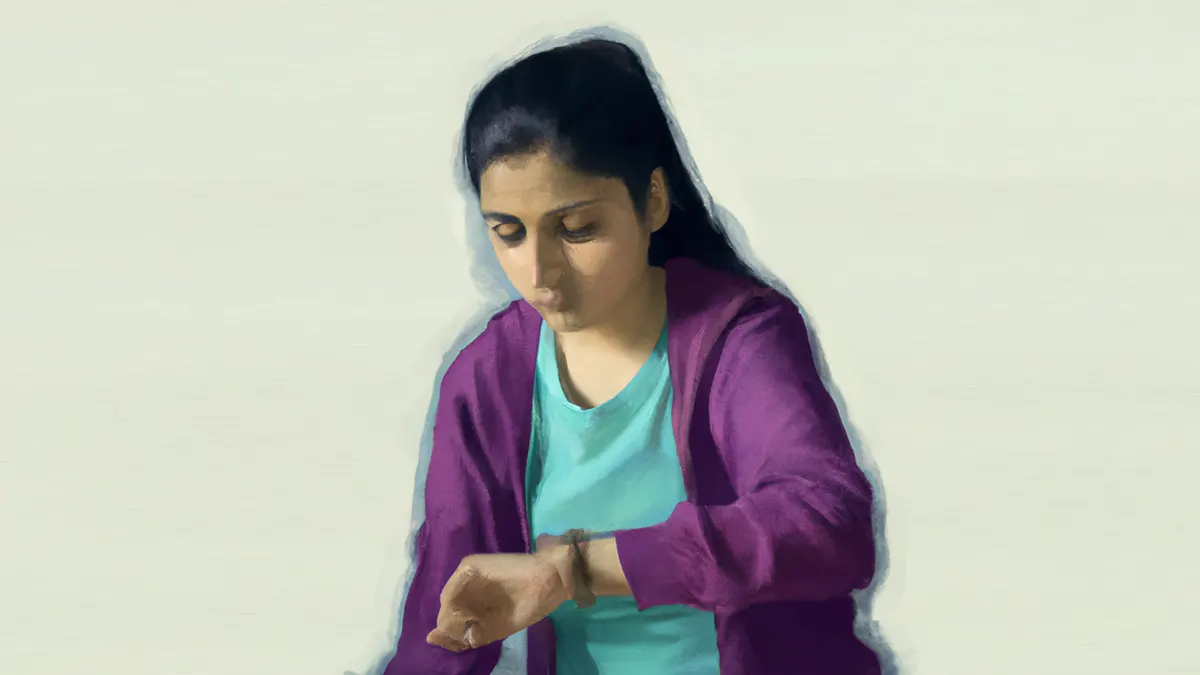Hey everyone! So most schools do a true rolling admission where they work through applications on a first come first serve basis. A post was made earlier on reddit talking about II-holds and then basically being a soft R, and that most true Rs aren’t sent till later in the cycle.
I got an email a few weeks ago from KCU saying that they had reviewed my AP once and it didn’t lead to an II but they would re-review it later in the cycle. I heard on the school specific thread that it is basically yield protection.
Do normal admissions work like this and just don’t send emails? So say I submitted a secondary 7/15 and a school has sent interview invites for 7/20 (hypothetical). Does that mean your application was basically rejected and you’re waiting for a R later in the cycle or do schools put certain back into the pool for reconsideration?
Excuse my ignorance and slight neuroticism, I just wasn’t sure how applications were processed with the rolling system.
I got an email a few weeks ago from KCU saying that they had reviewed my AP once and it didn’t lead to an II but they would re-review it later in the cycle. I heard on the school specific thread that it is basically yield protection.
Do normal admissions work like this and just don’t send emails? So say I submitted a secondary 7/15 and a school has sent interview invites for 7/20 (hypothetical). Does that mean your application was basically rejected and you’re waiting for a R later in the cycle or do schools put certain back into the pool for reconsideration?
Excuse my ignorance and slight neuroticism, I just wasn’t sure how applications were processed with the rolling system.



